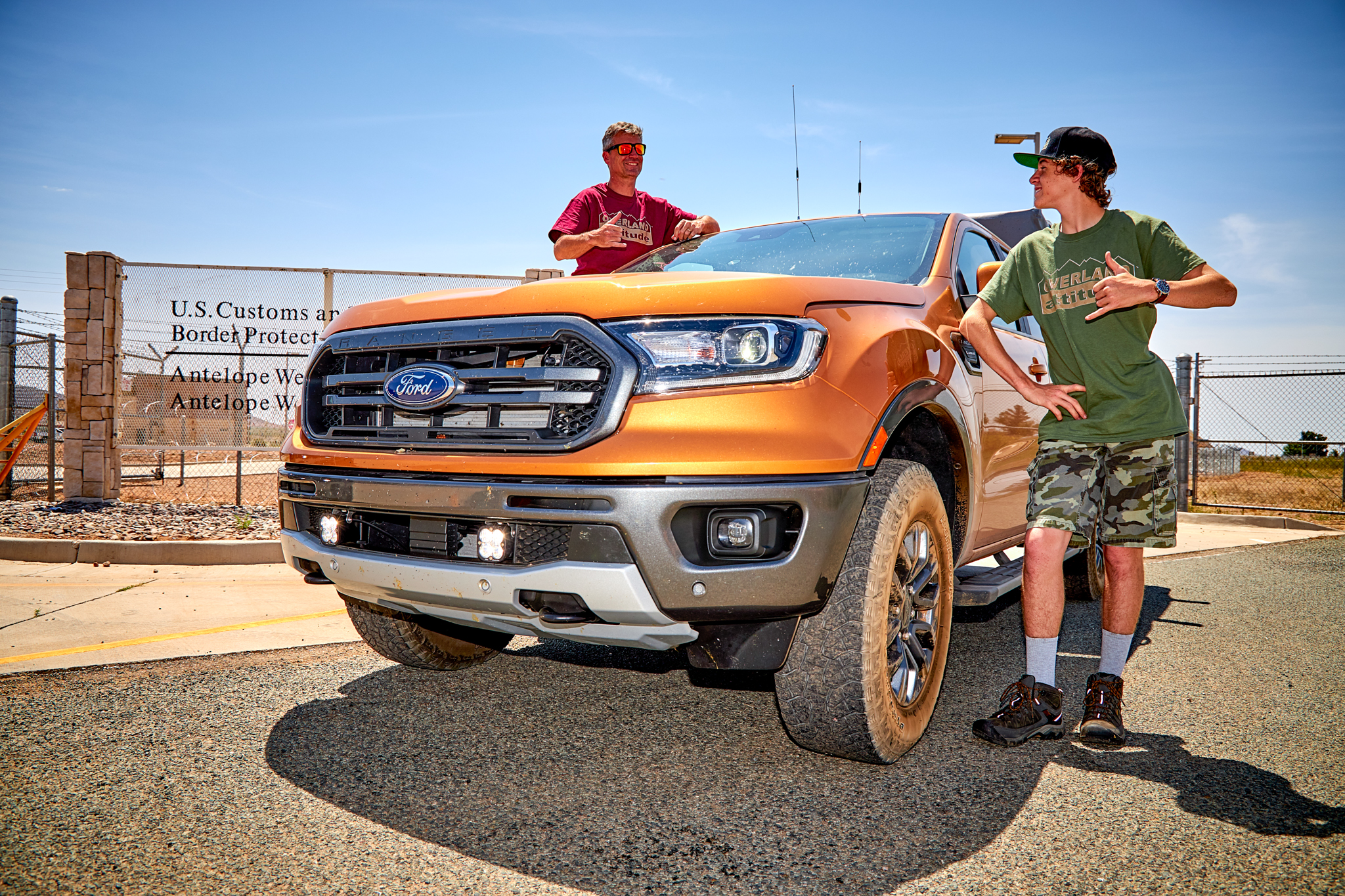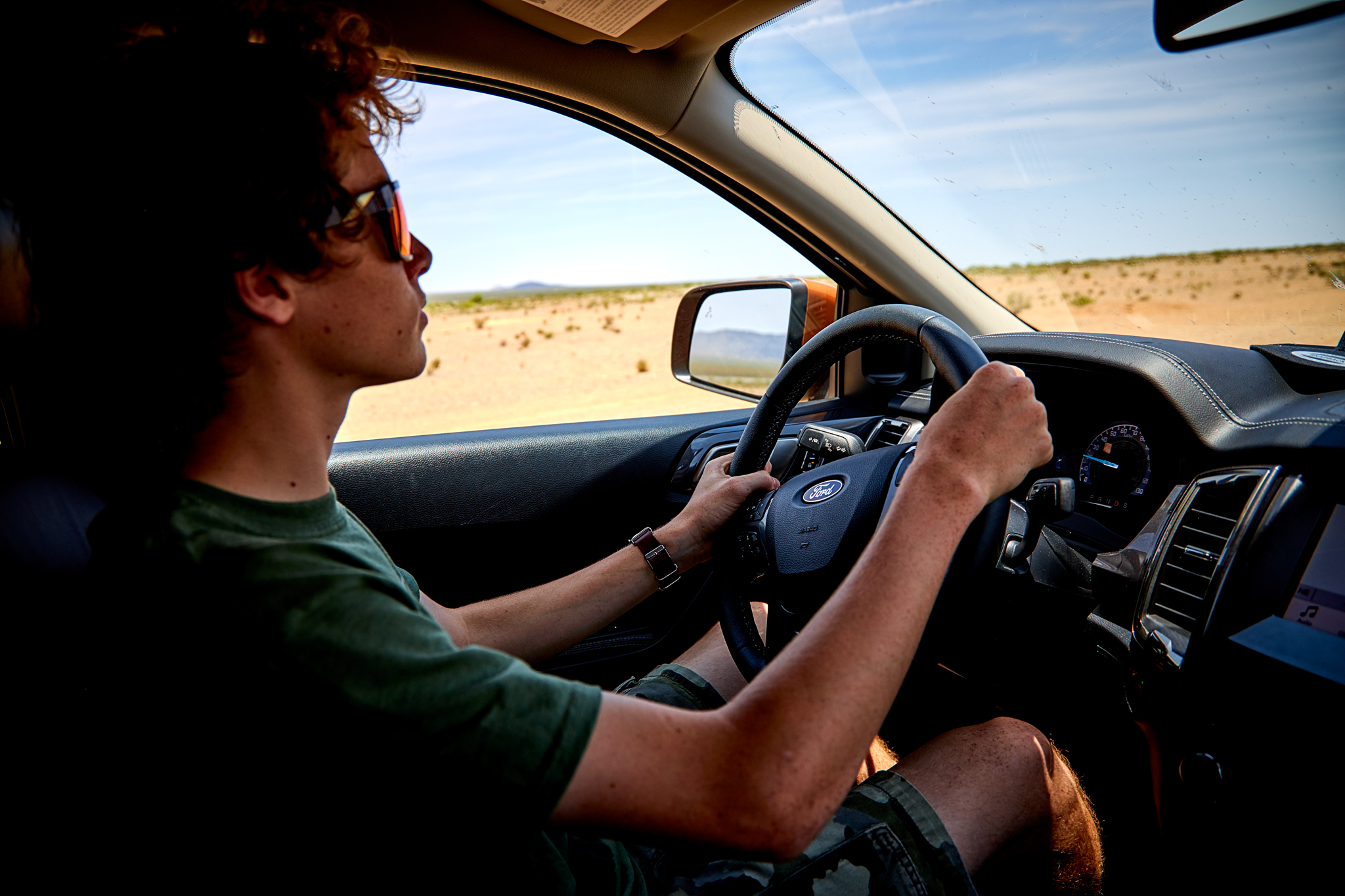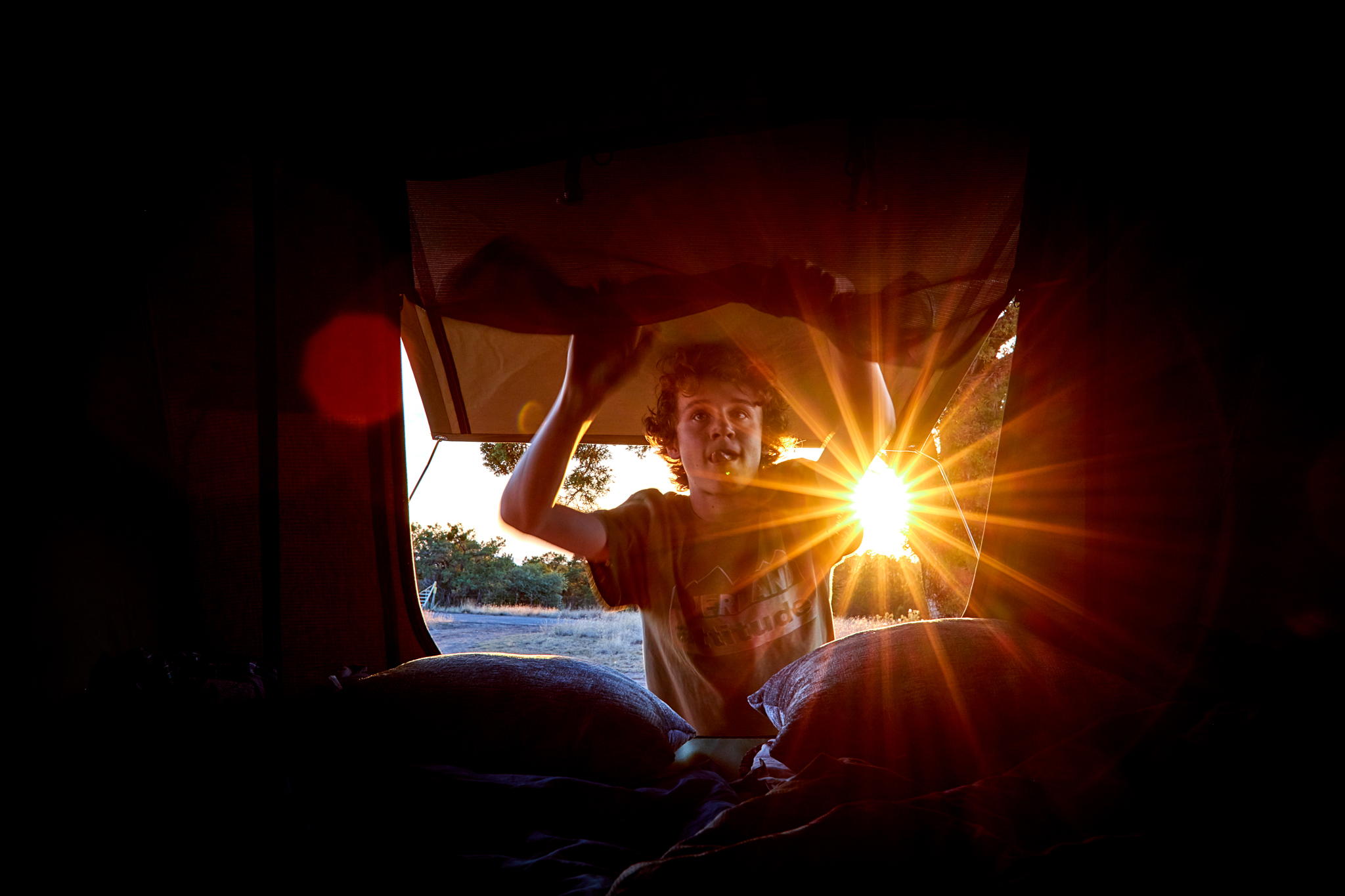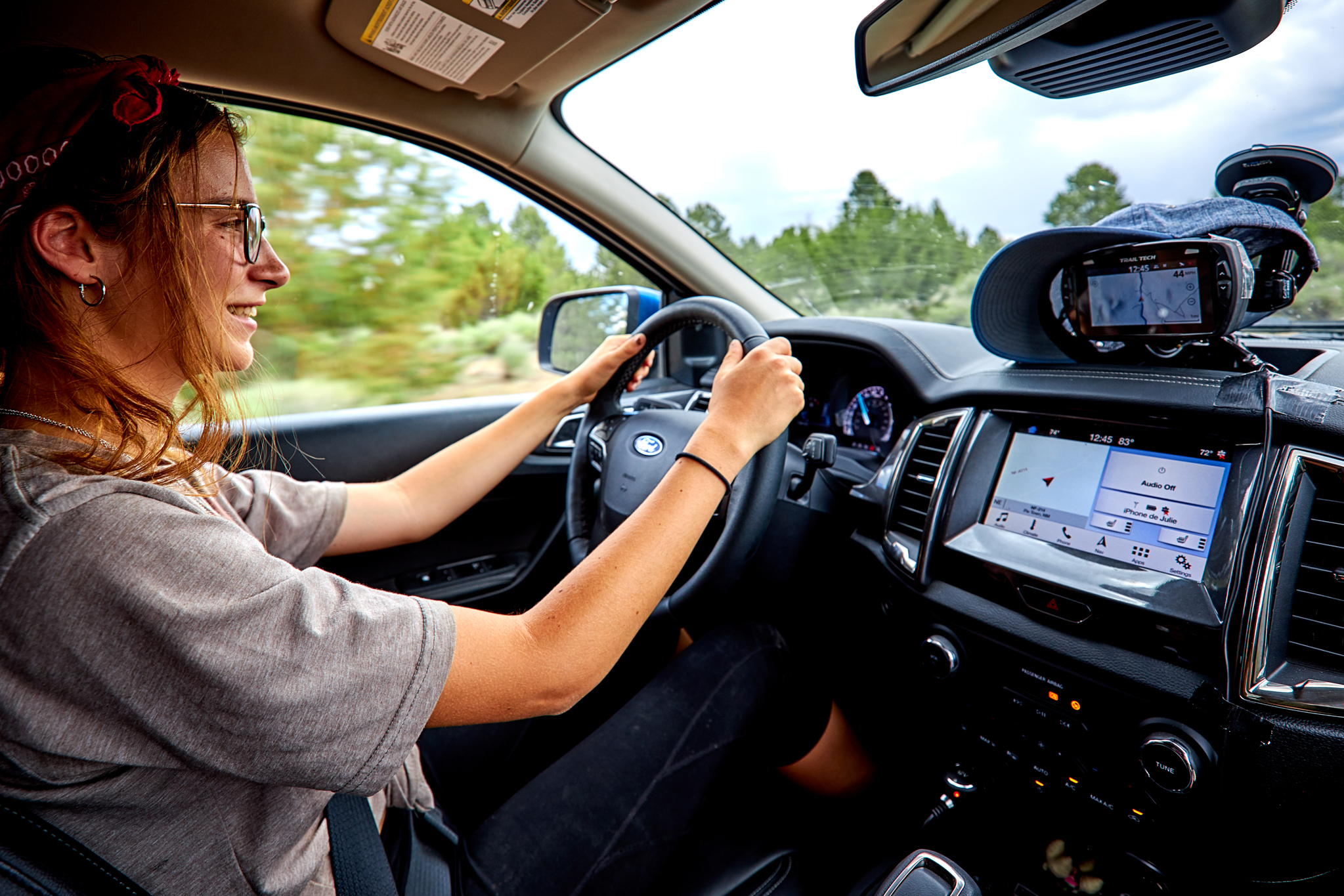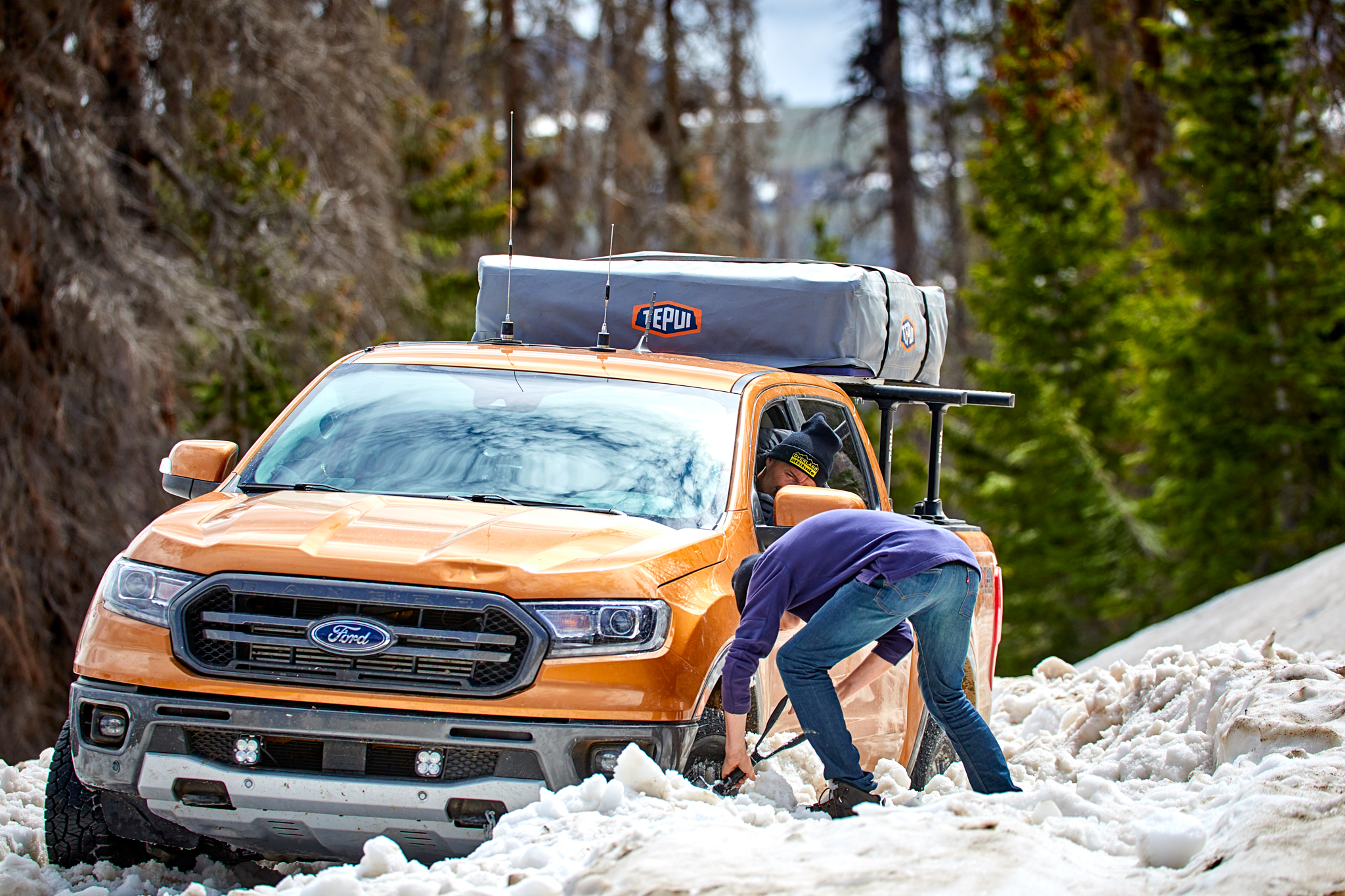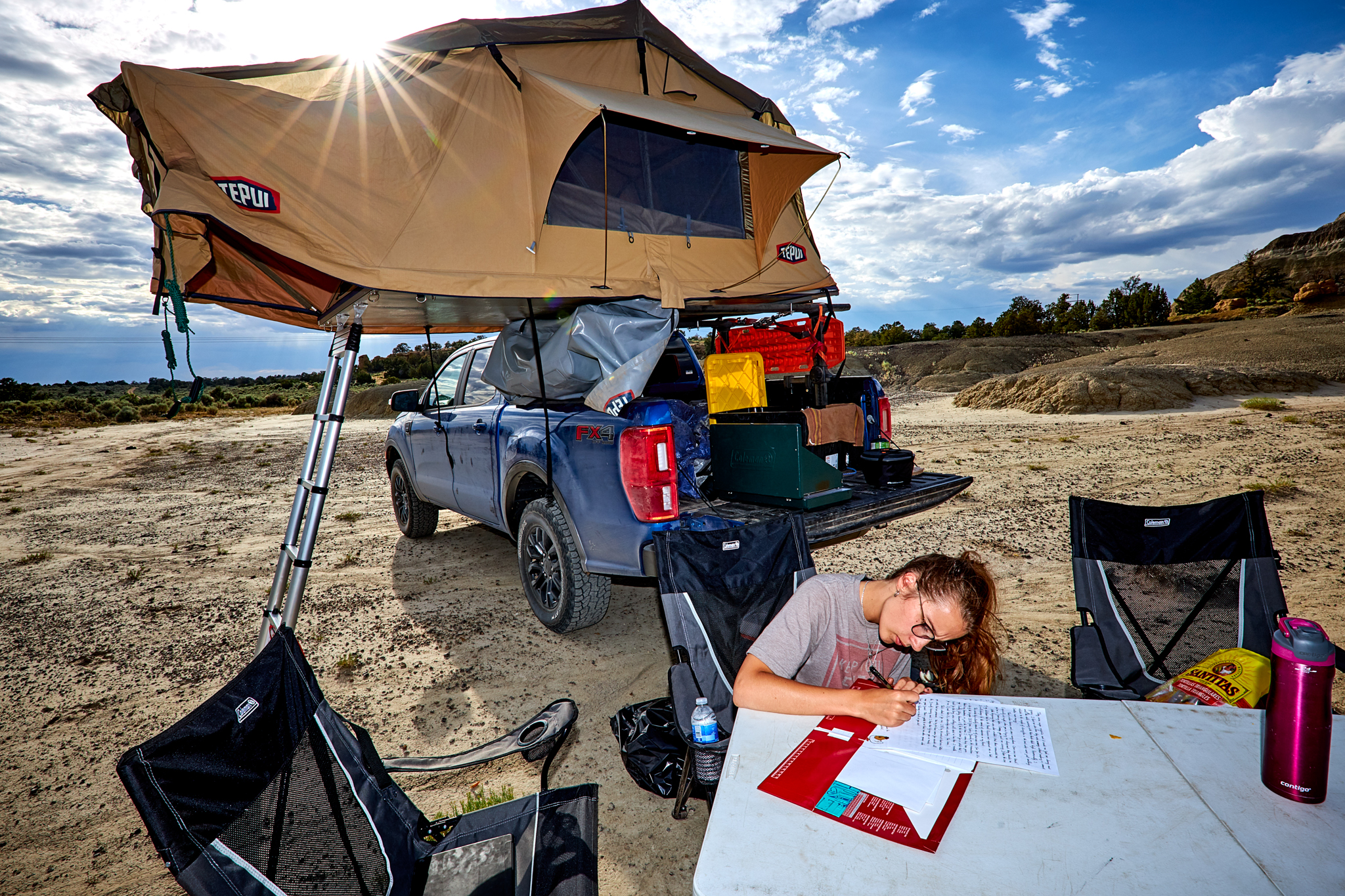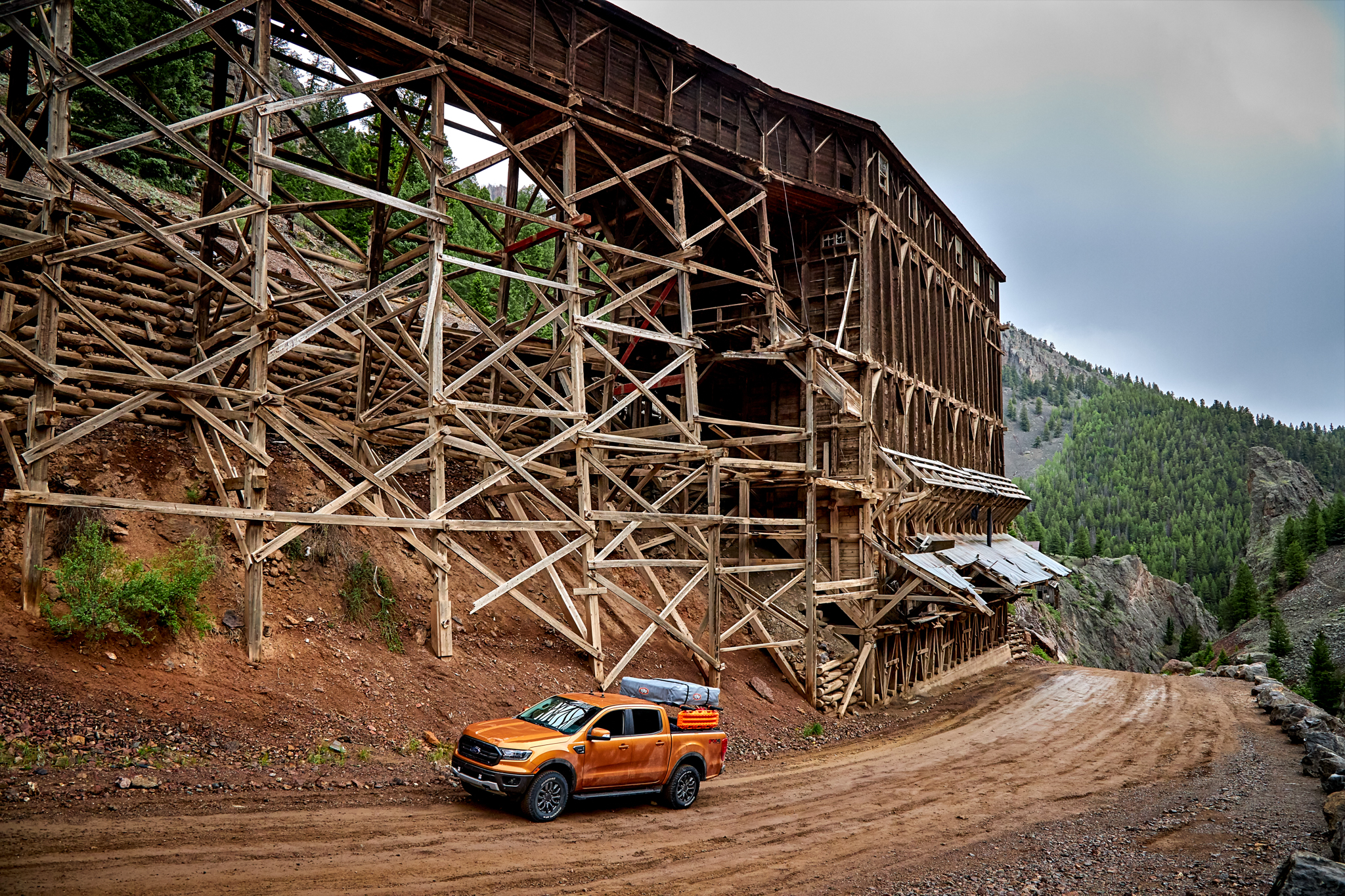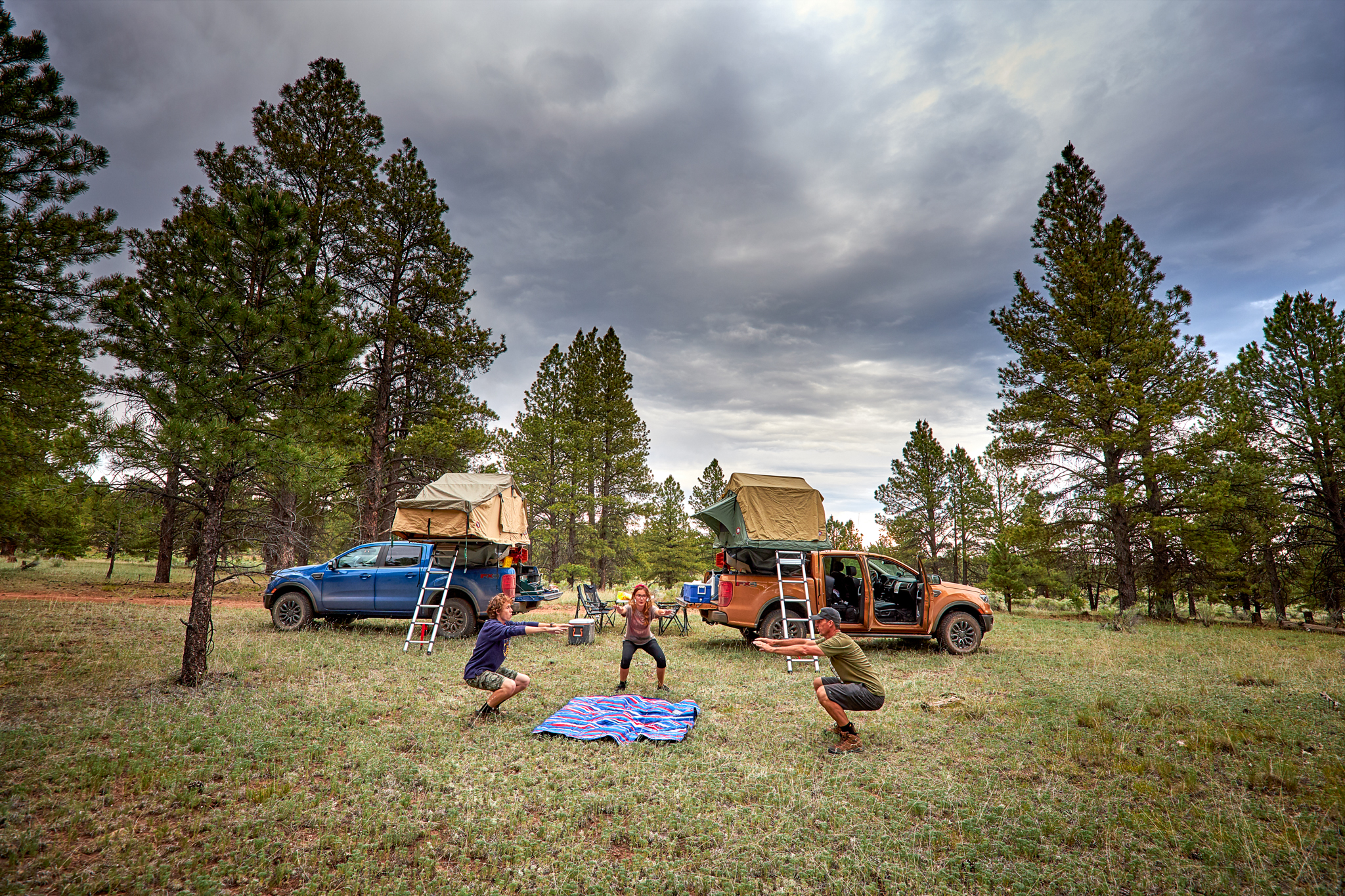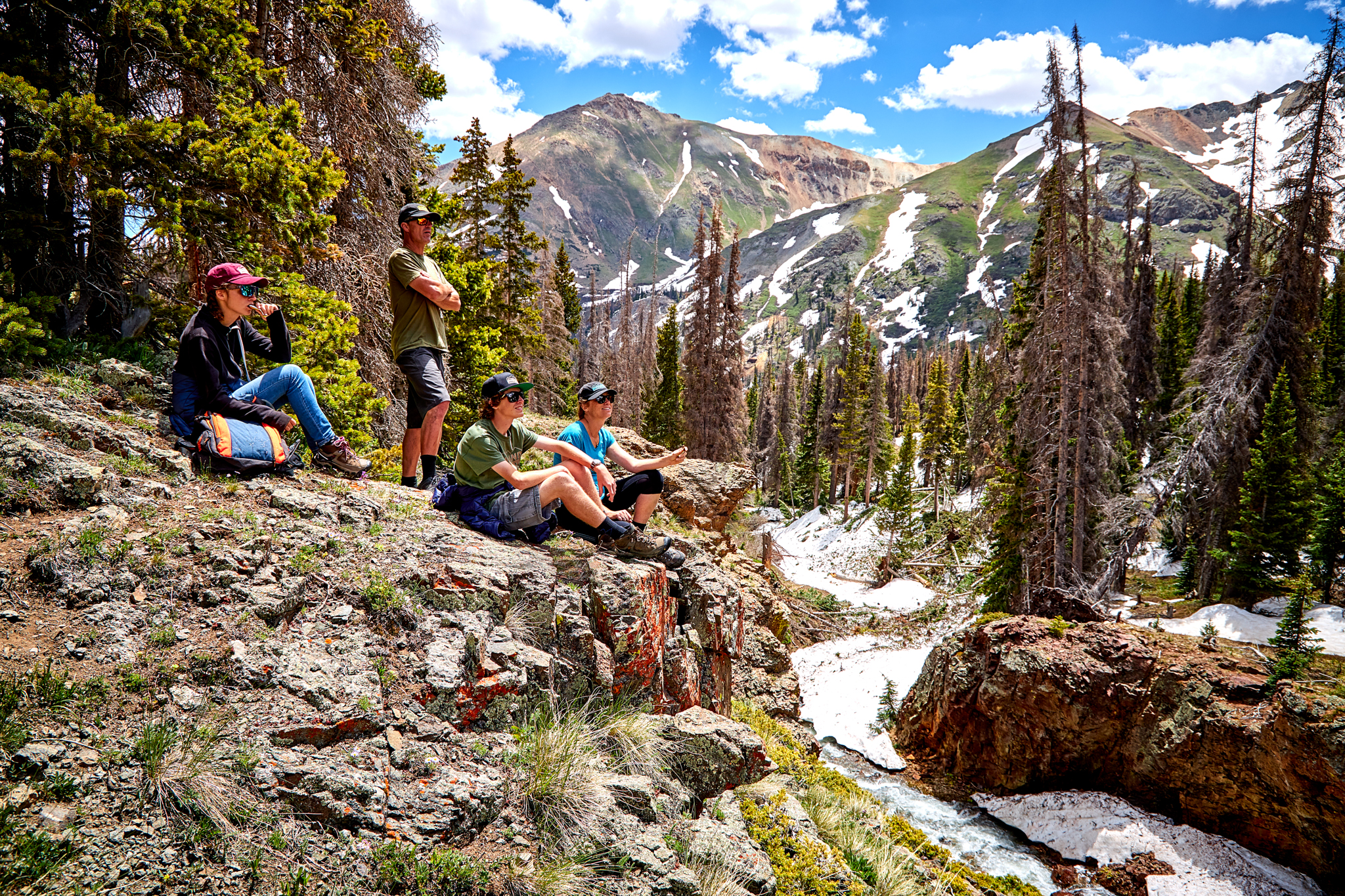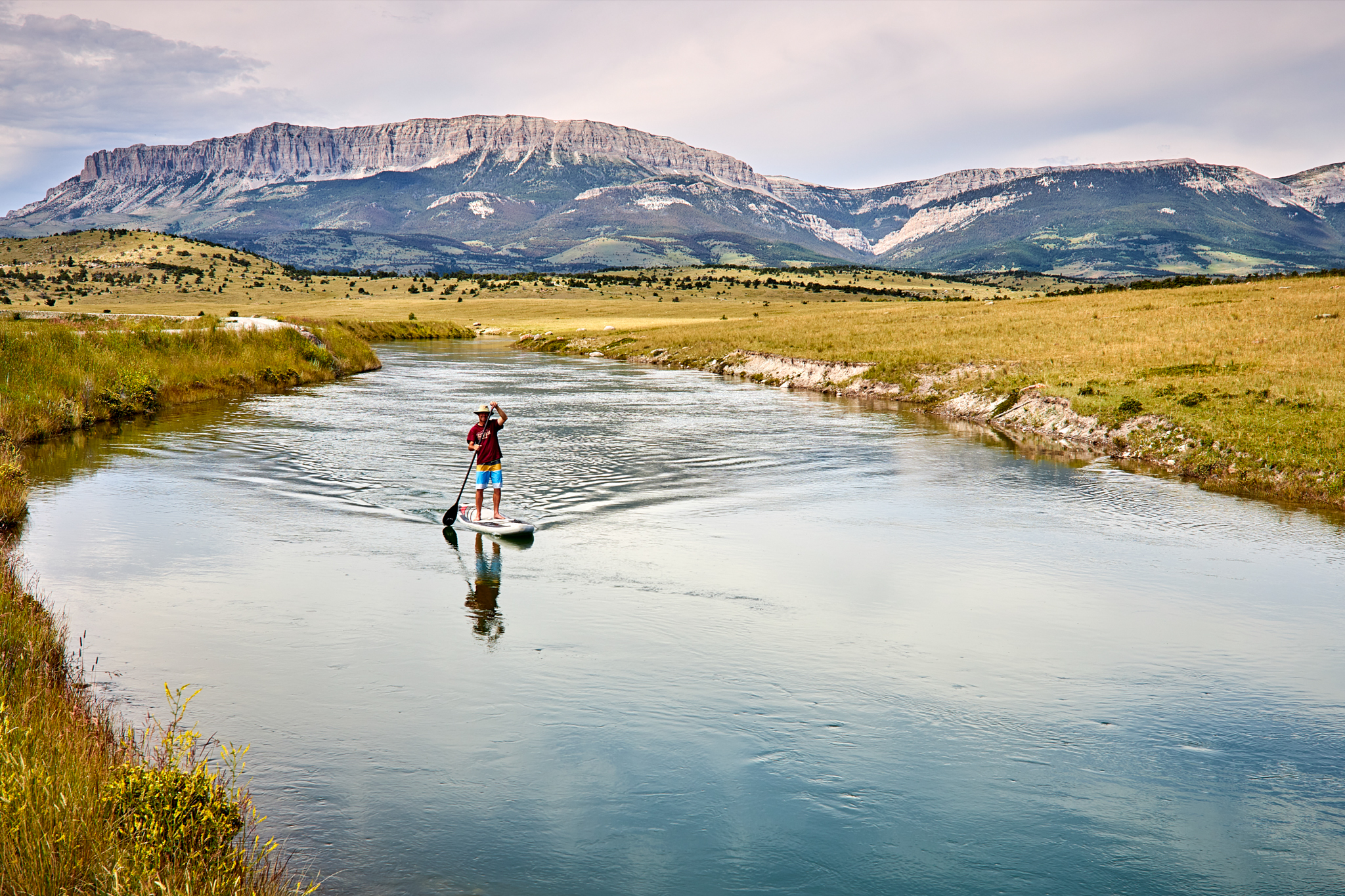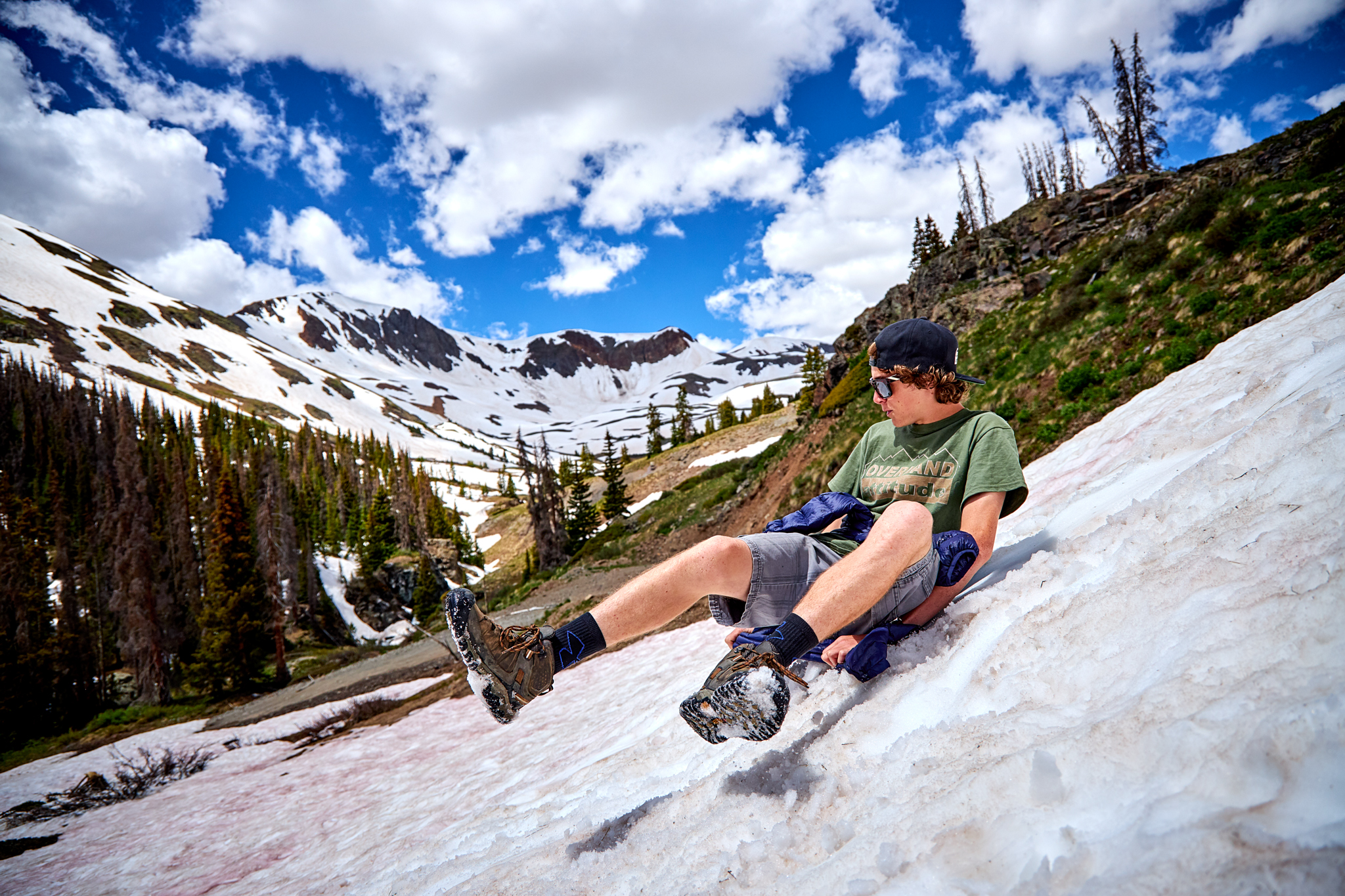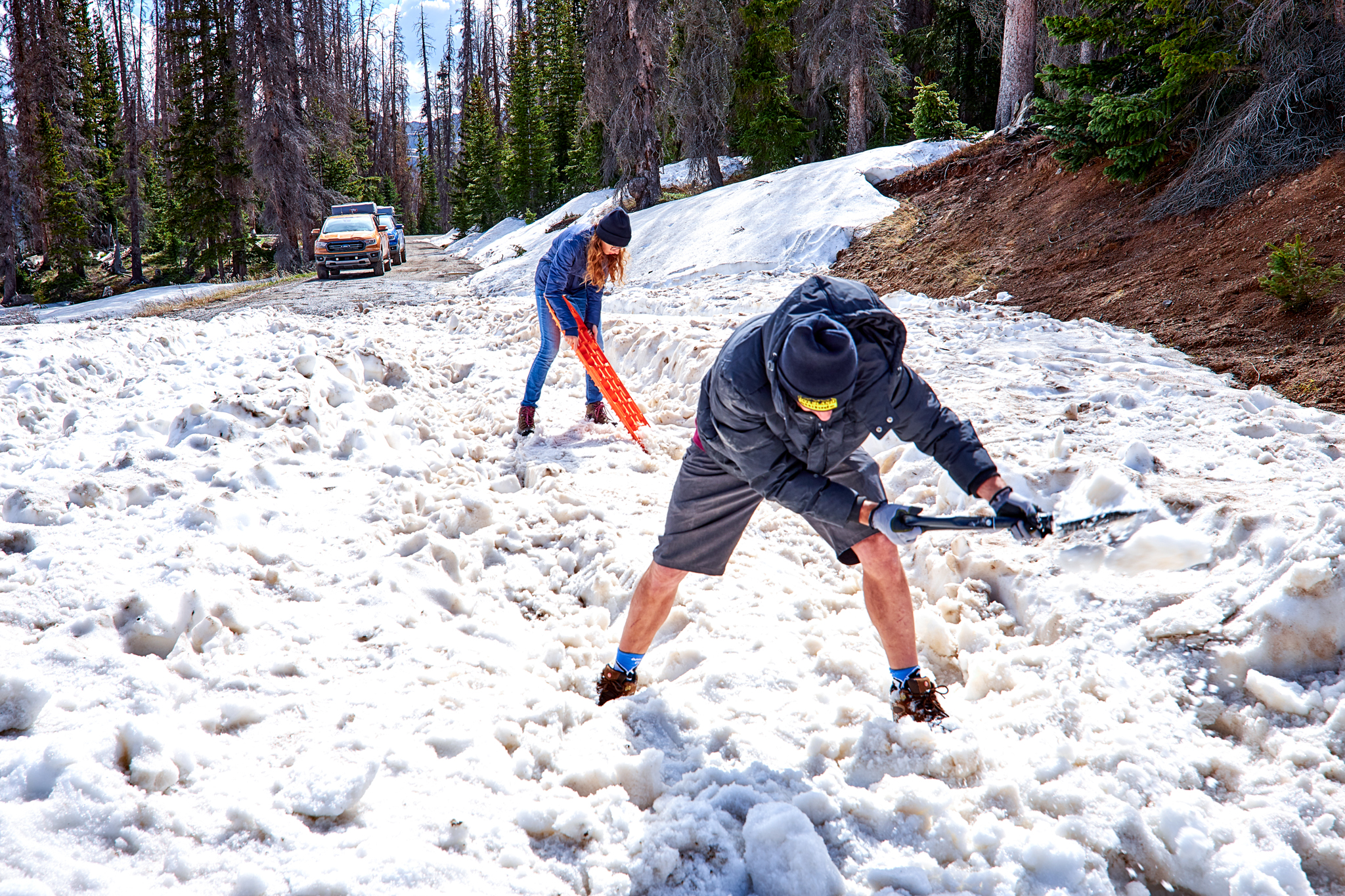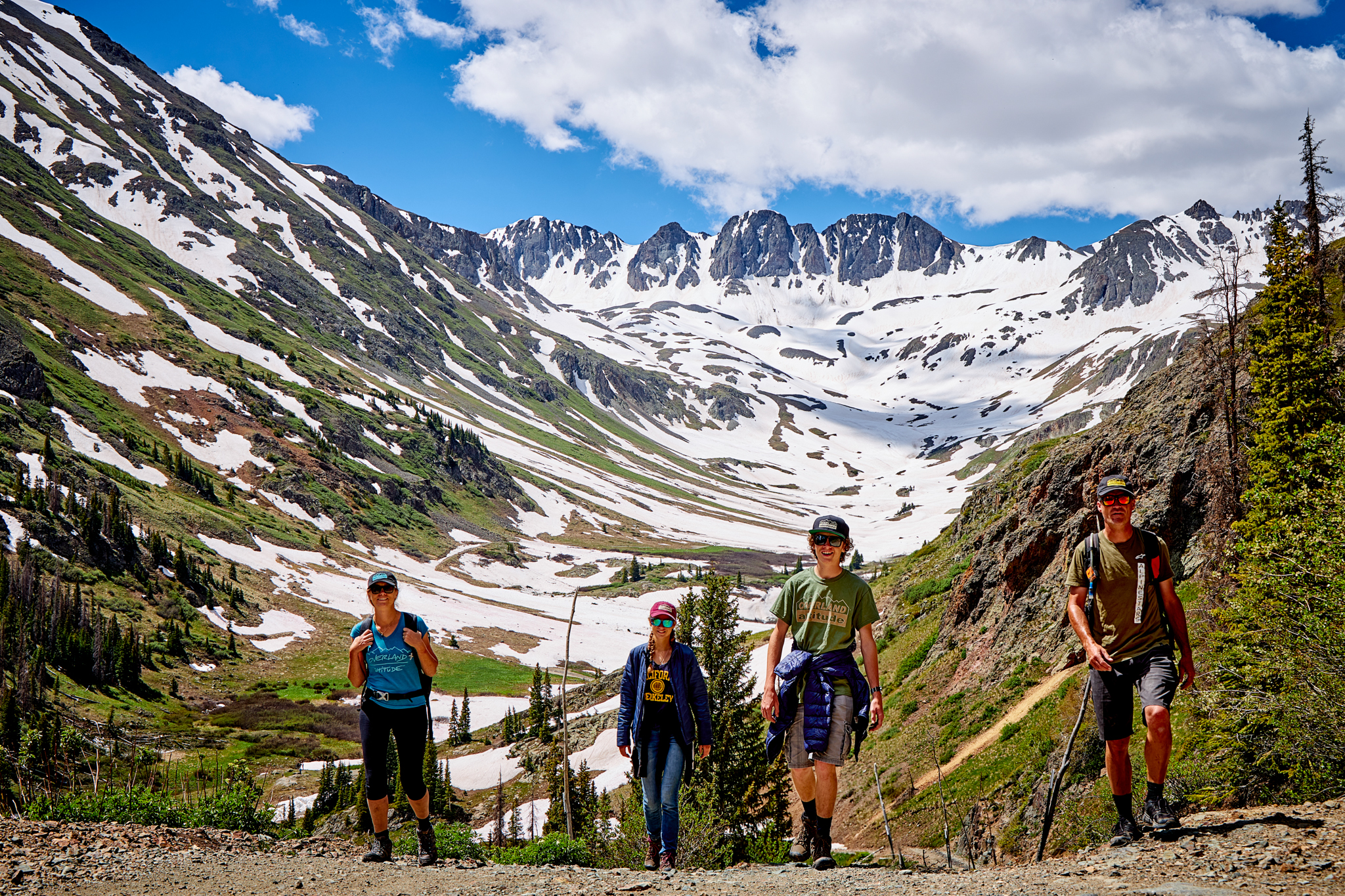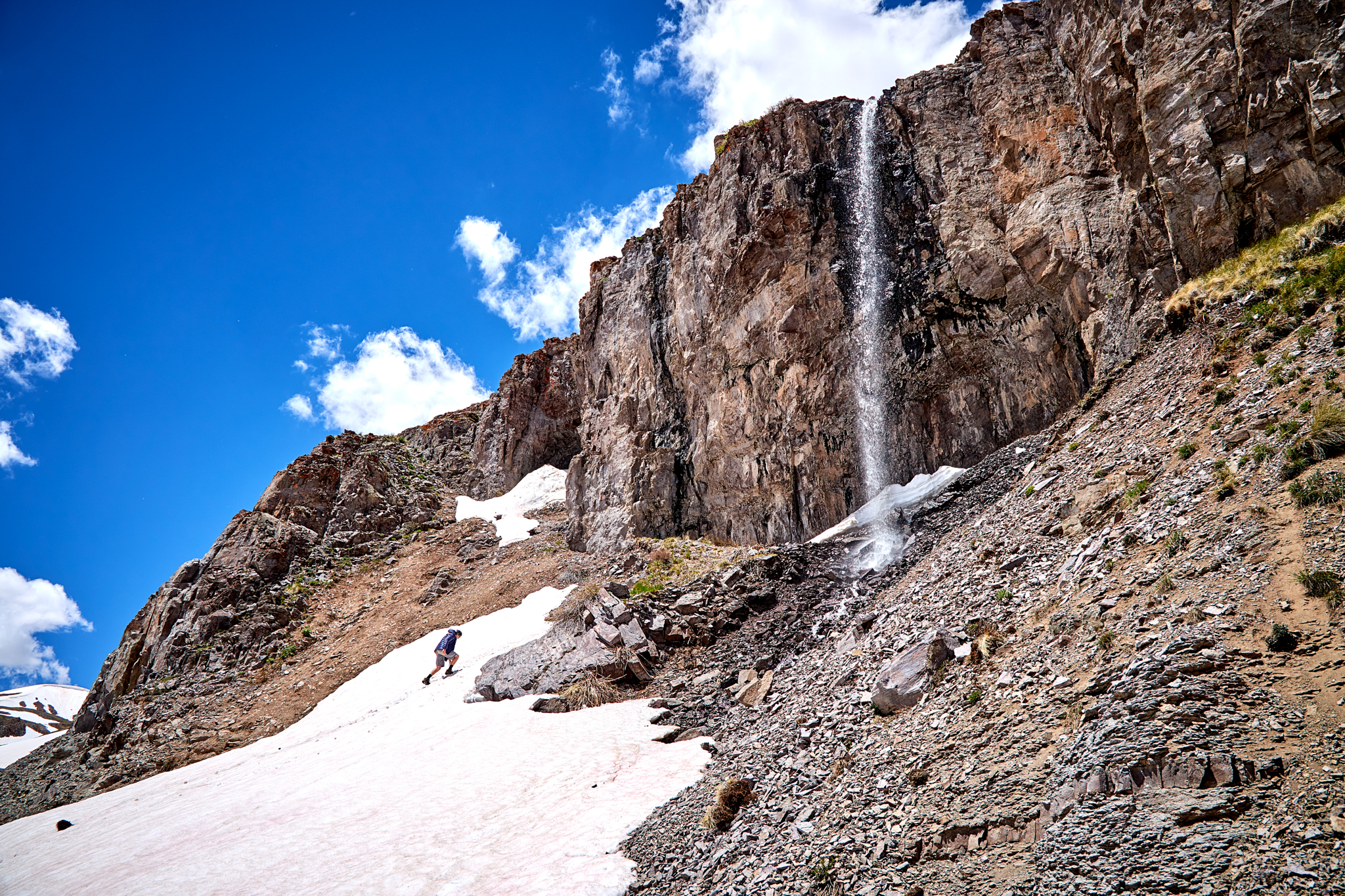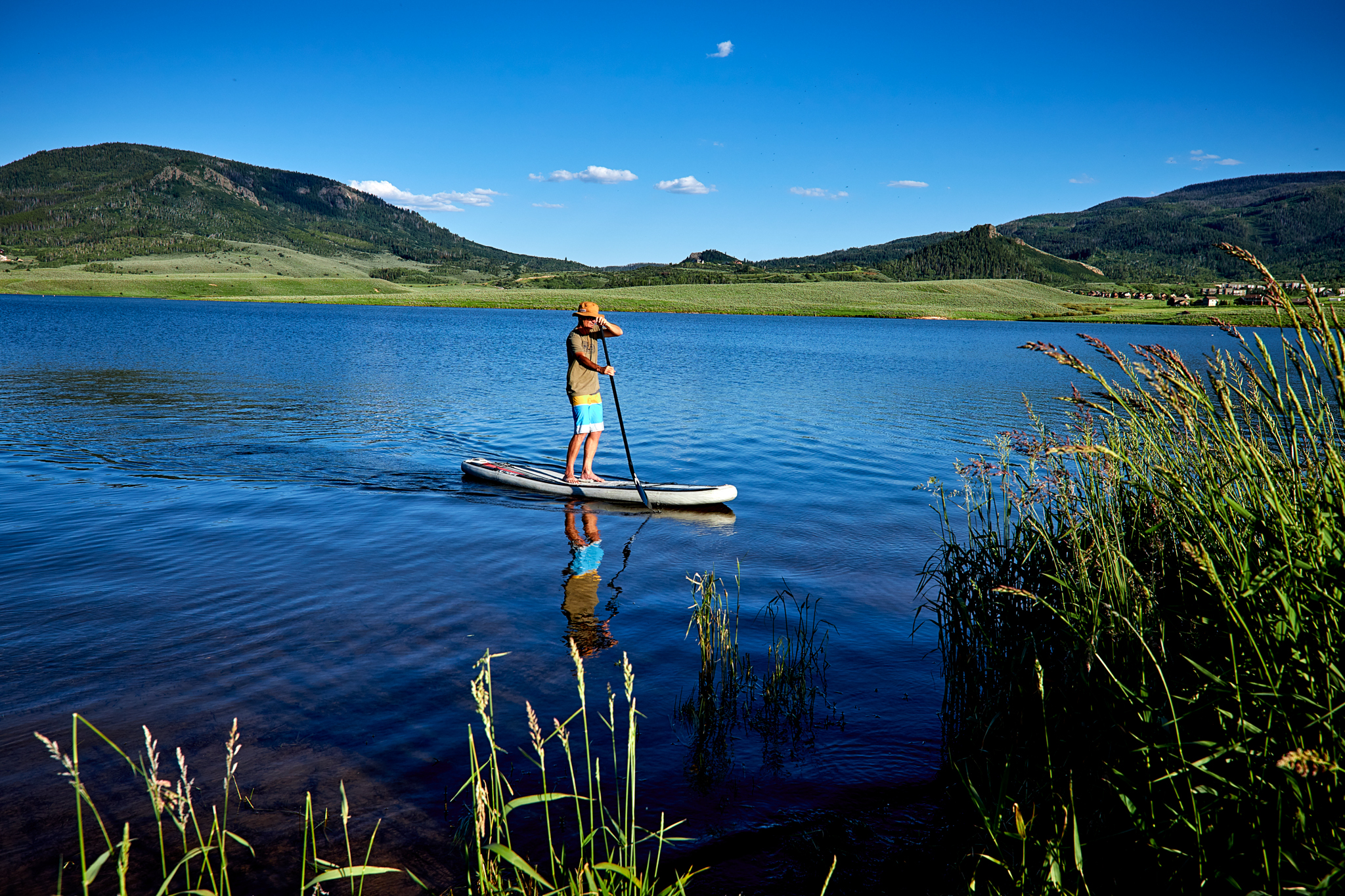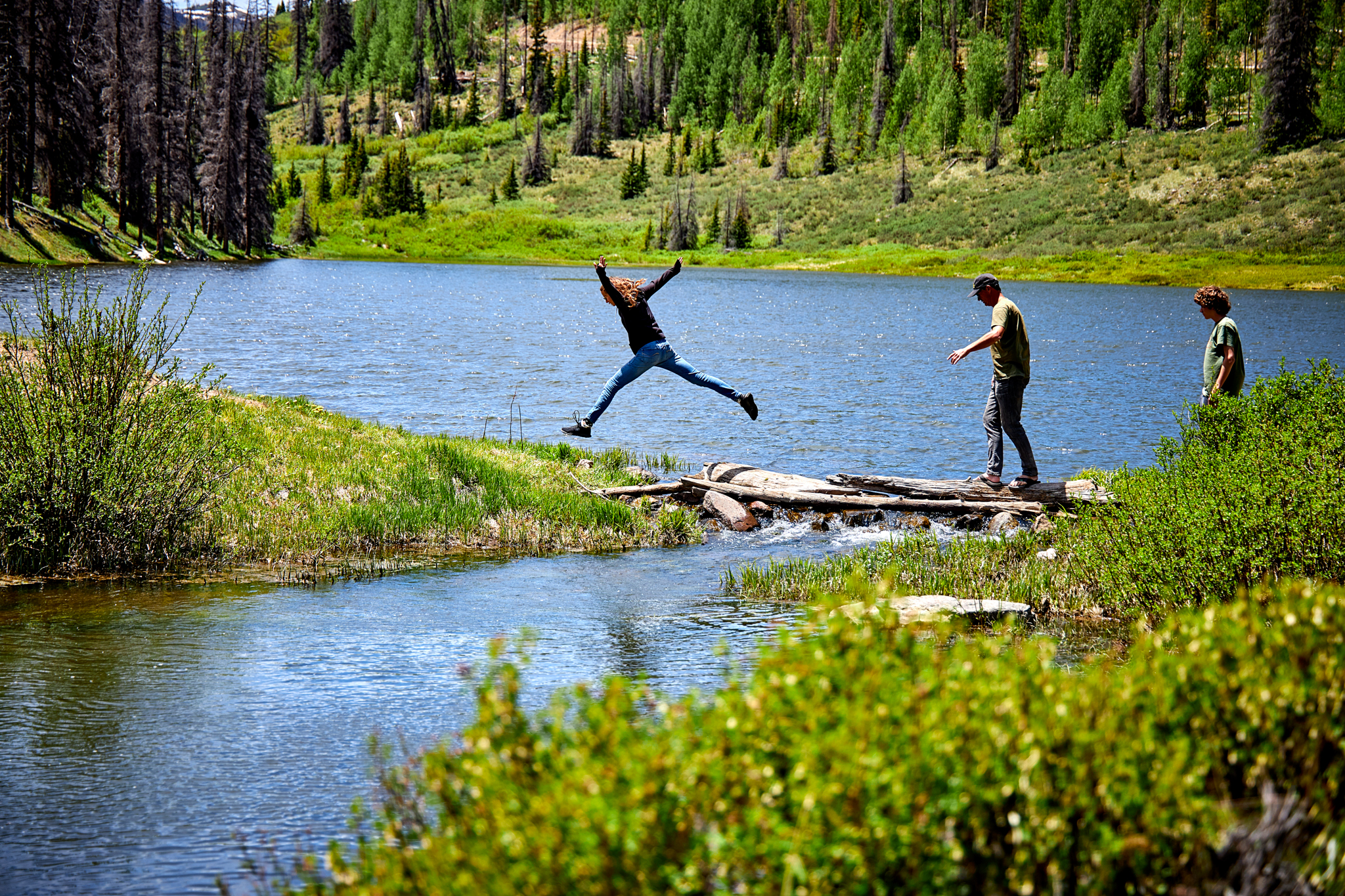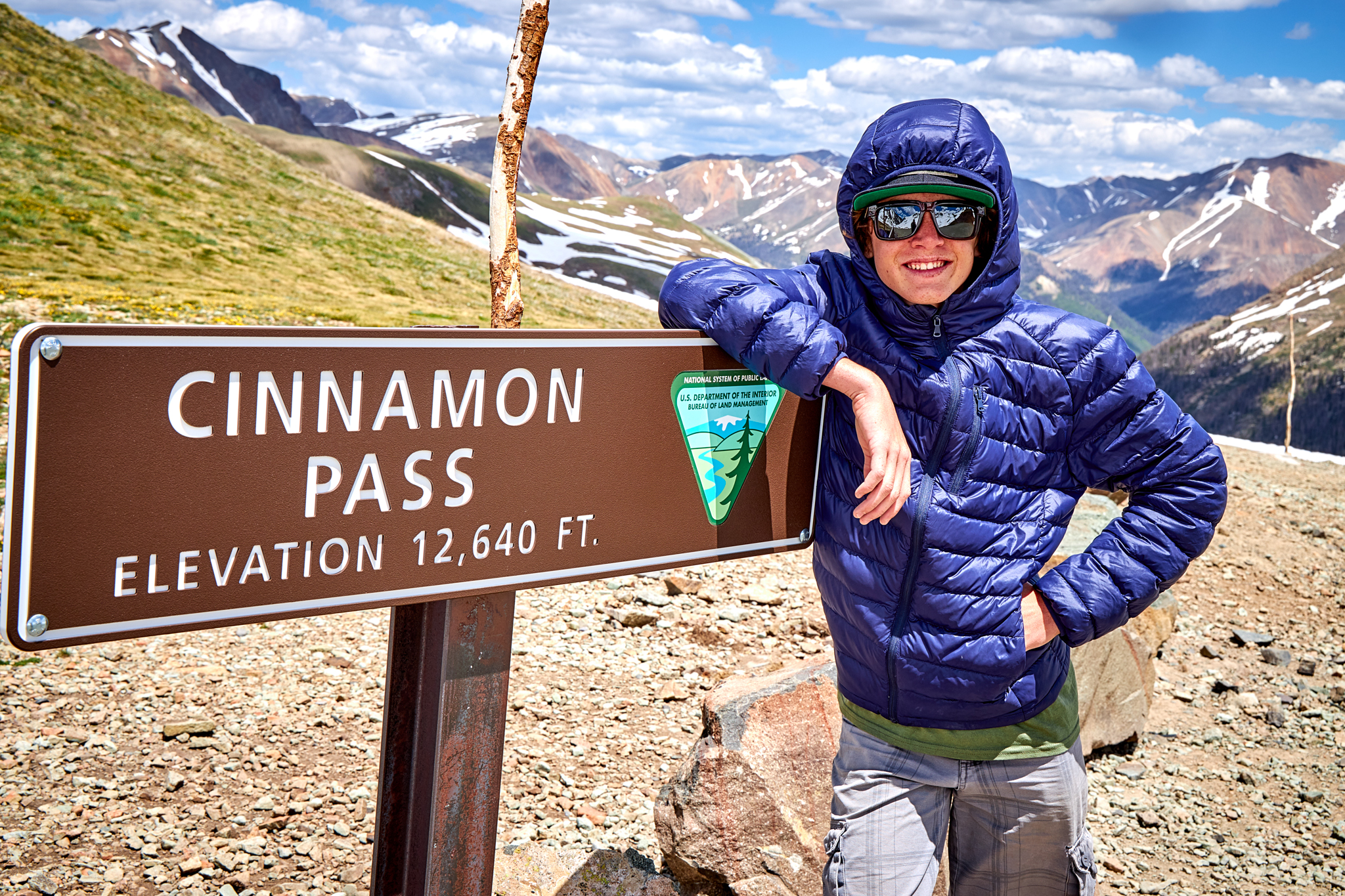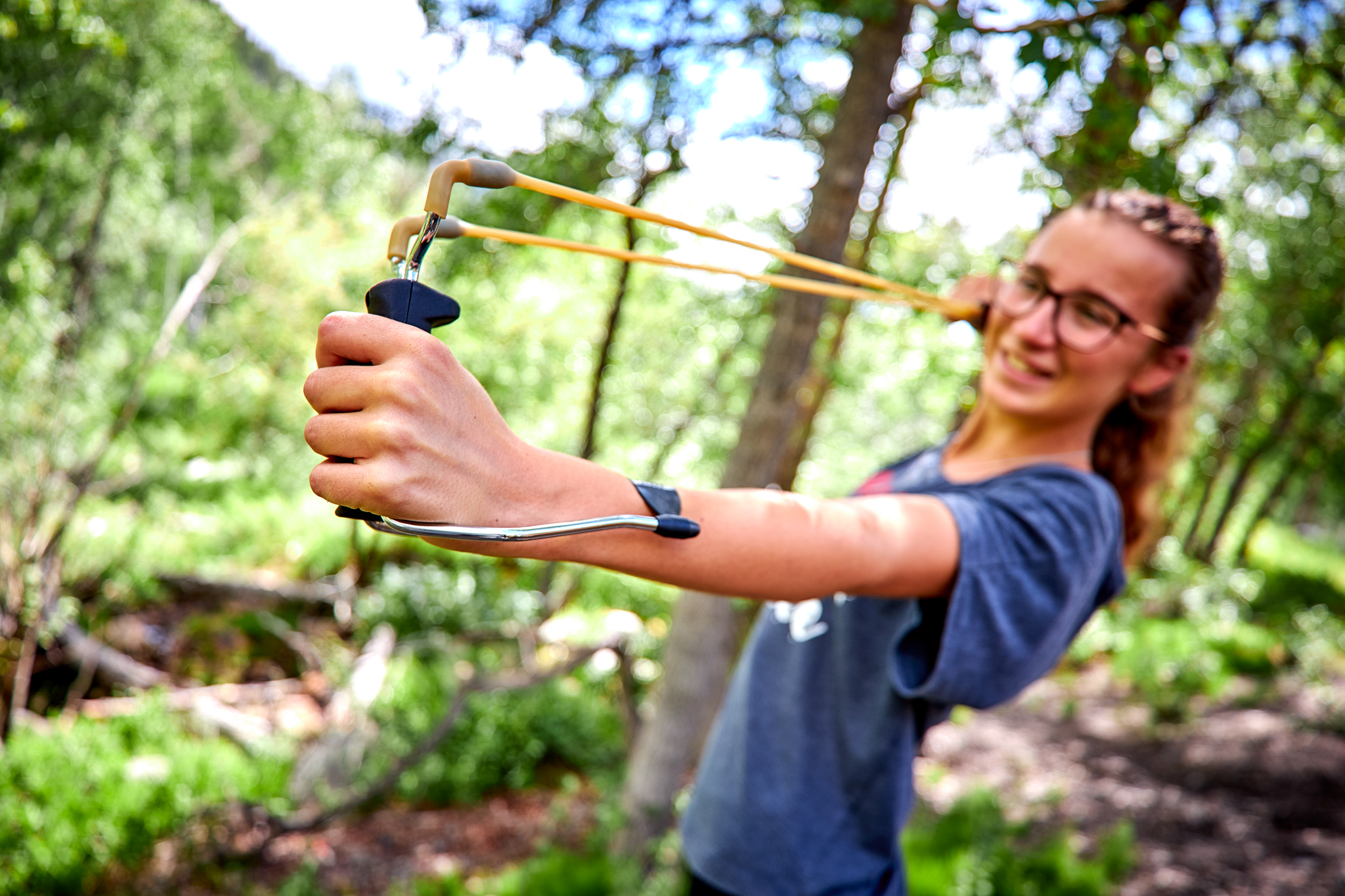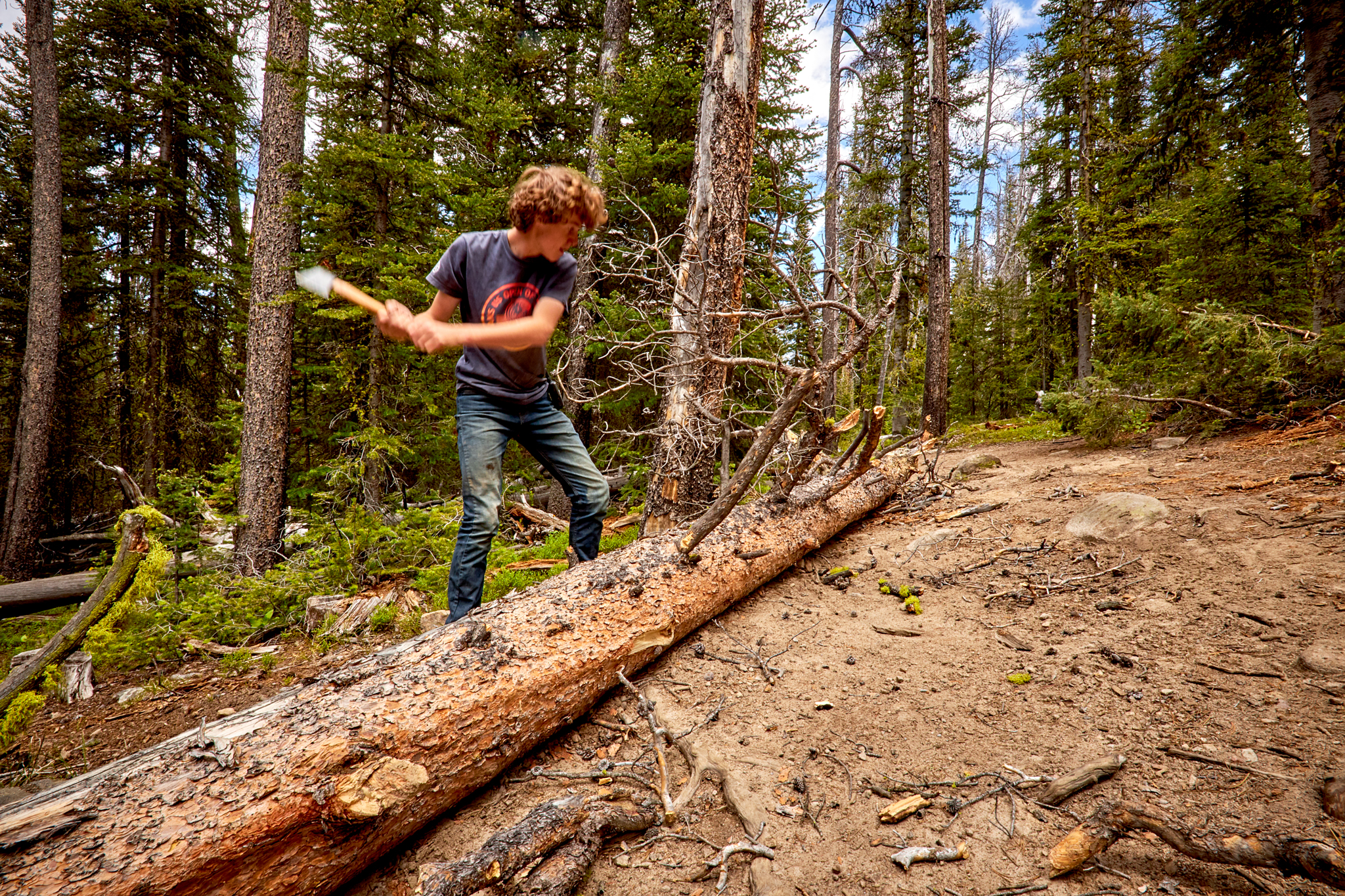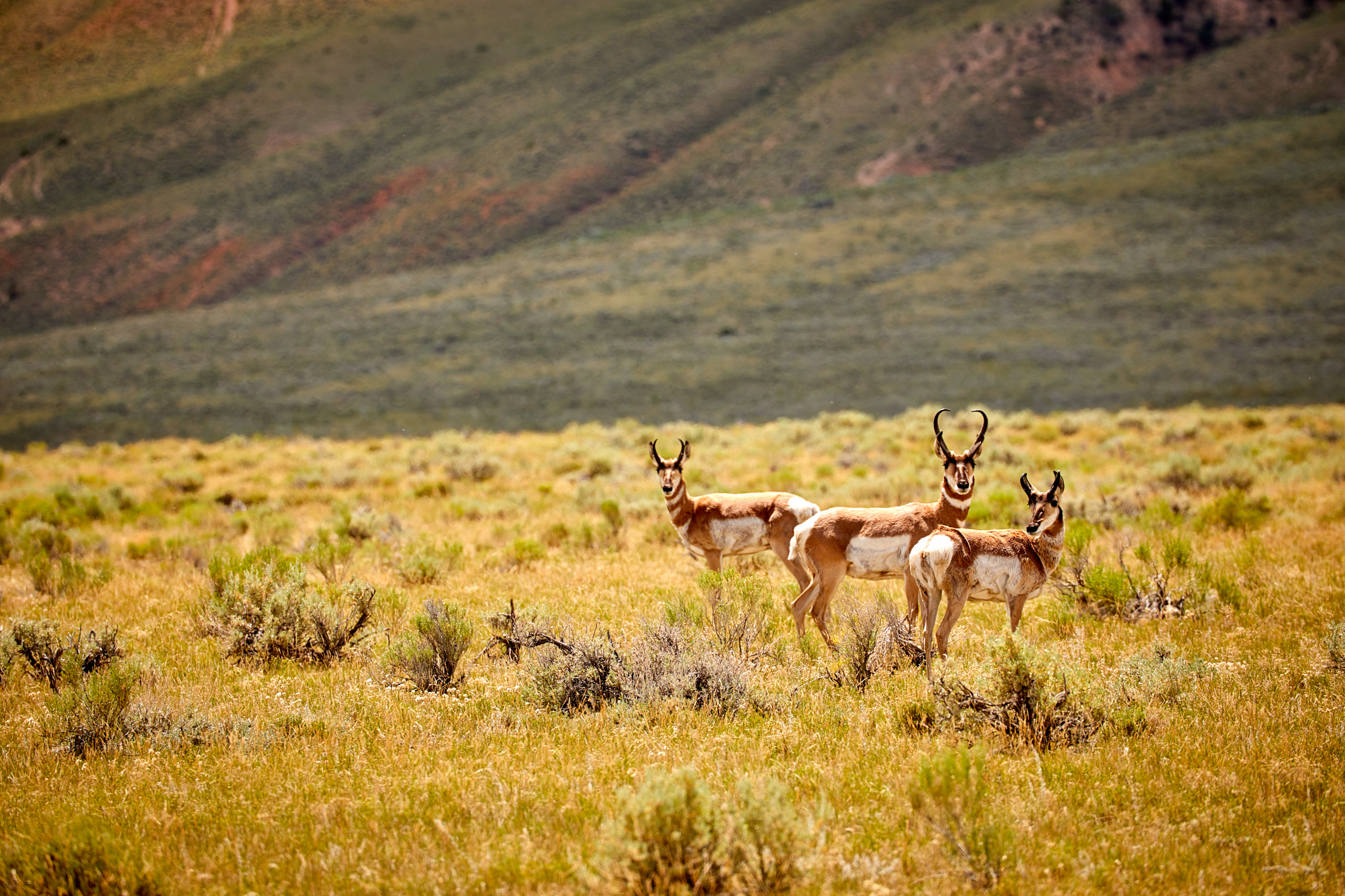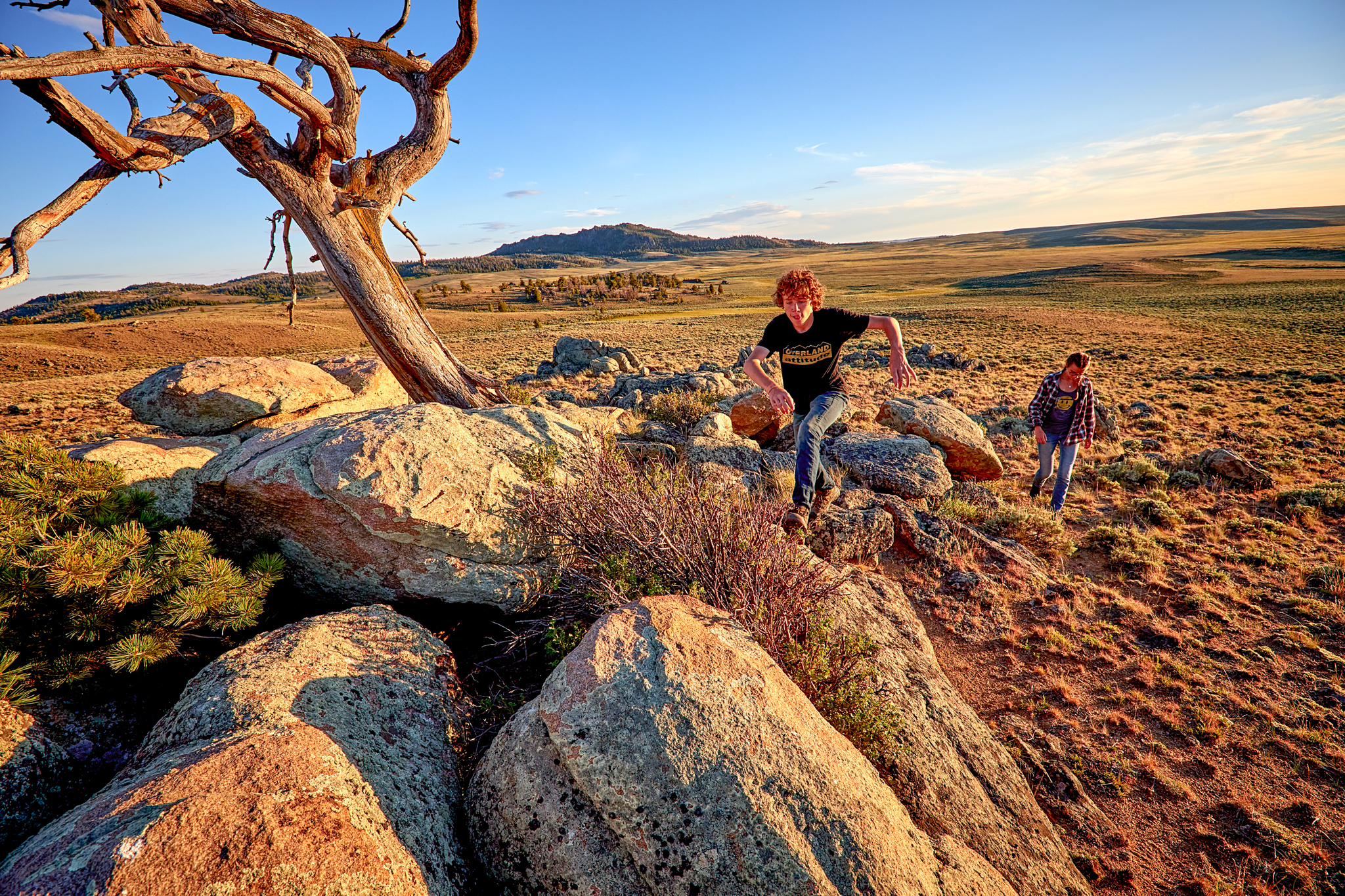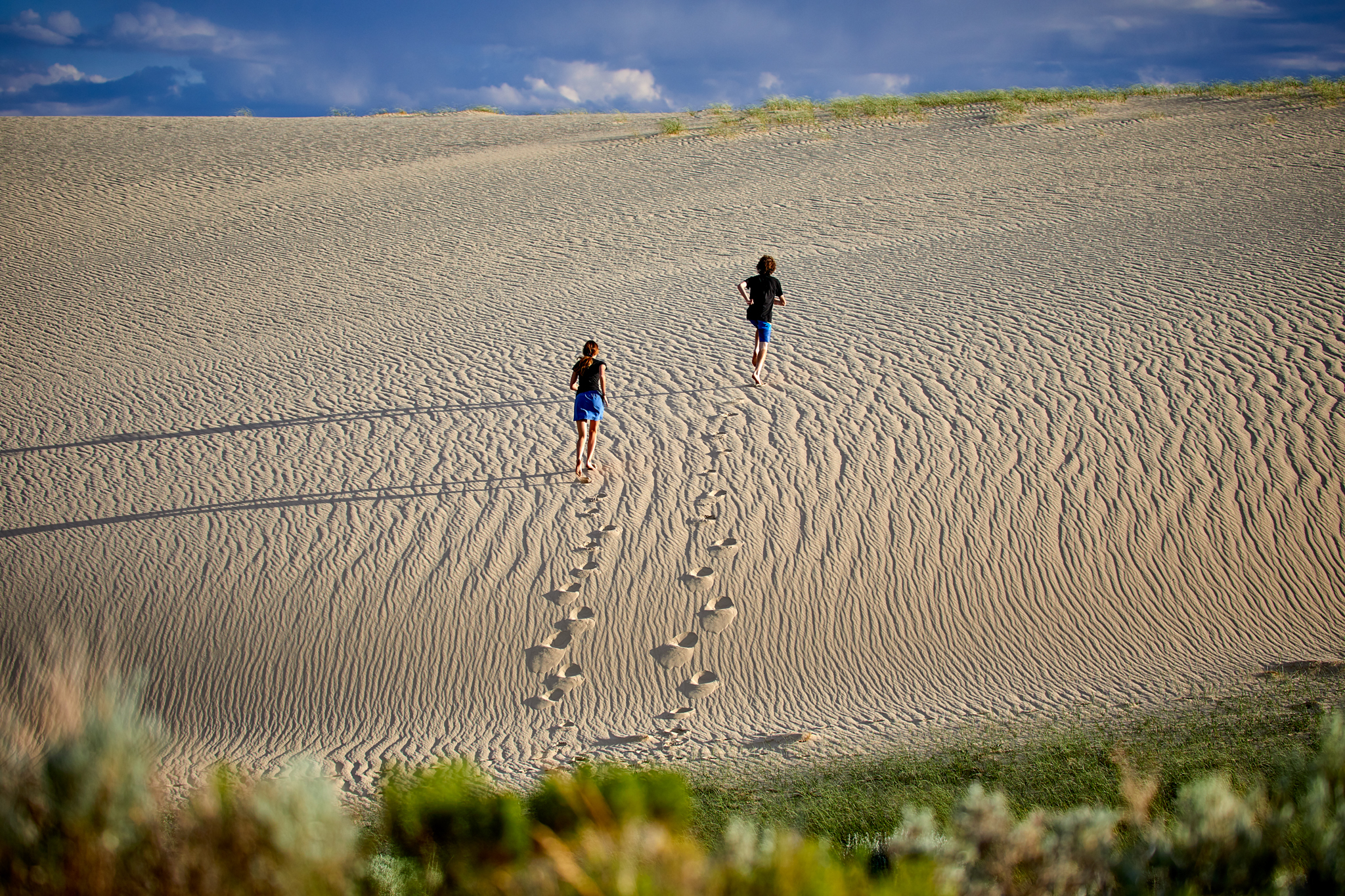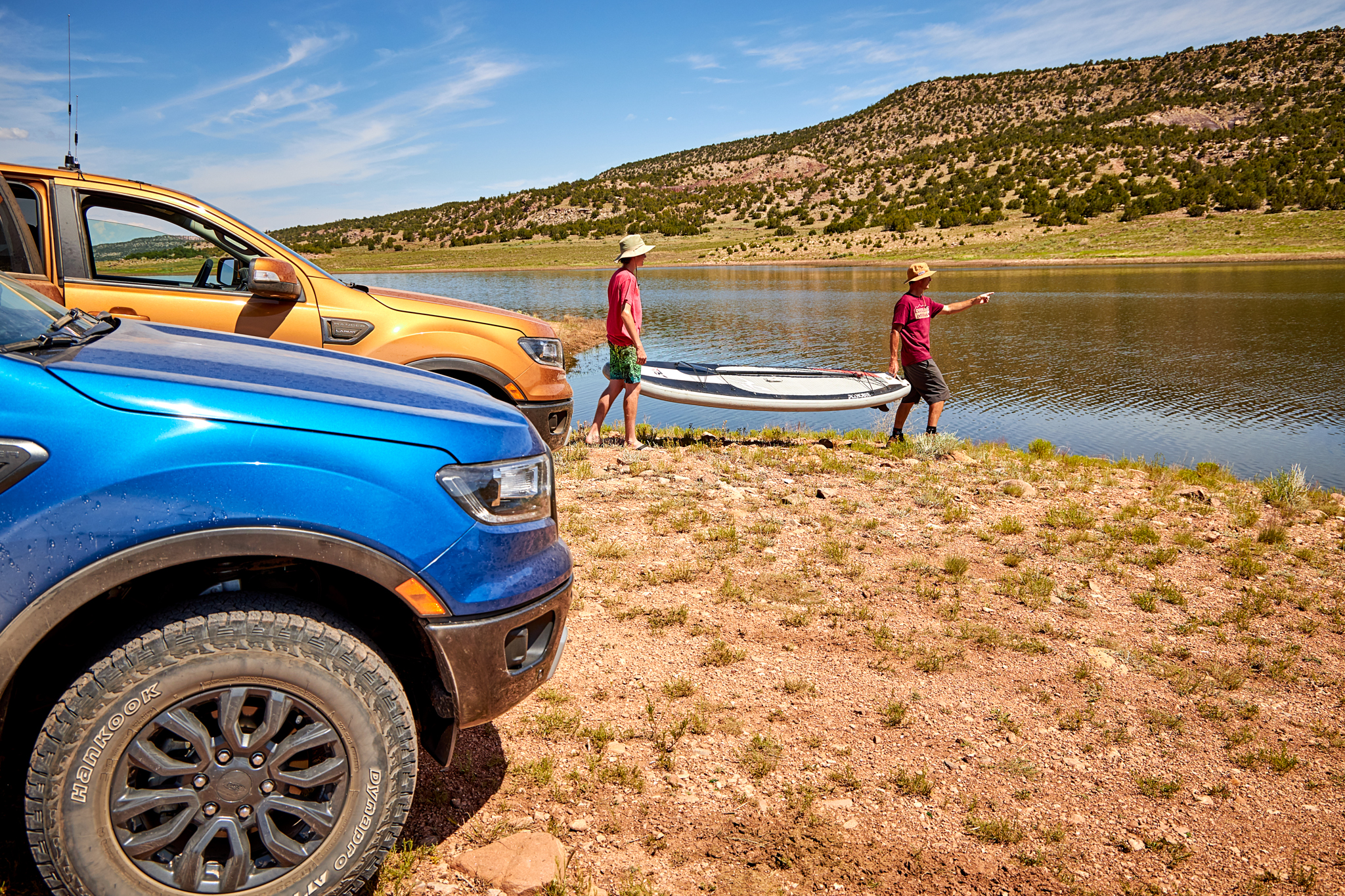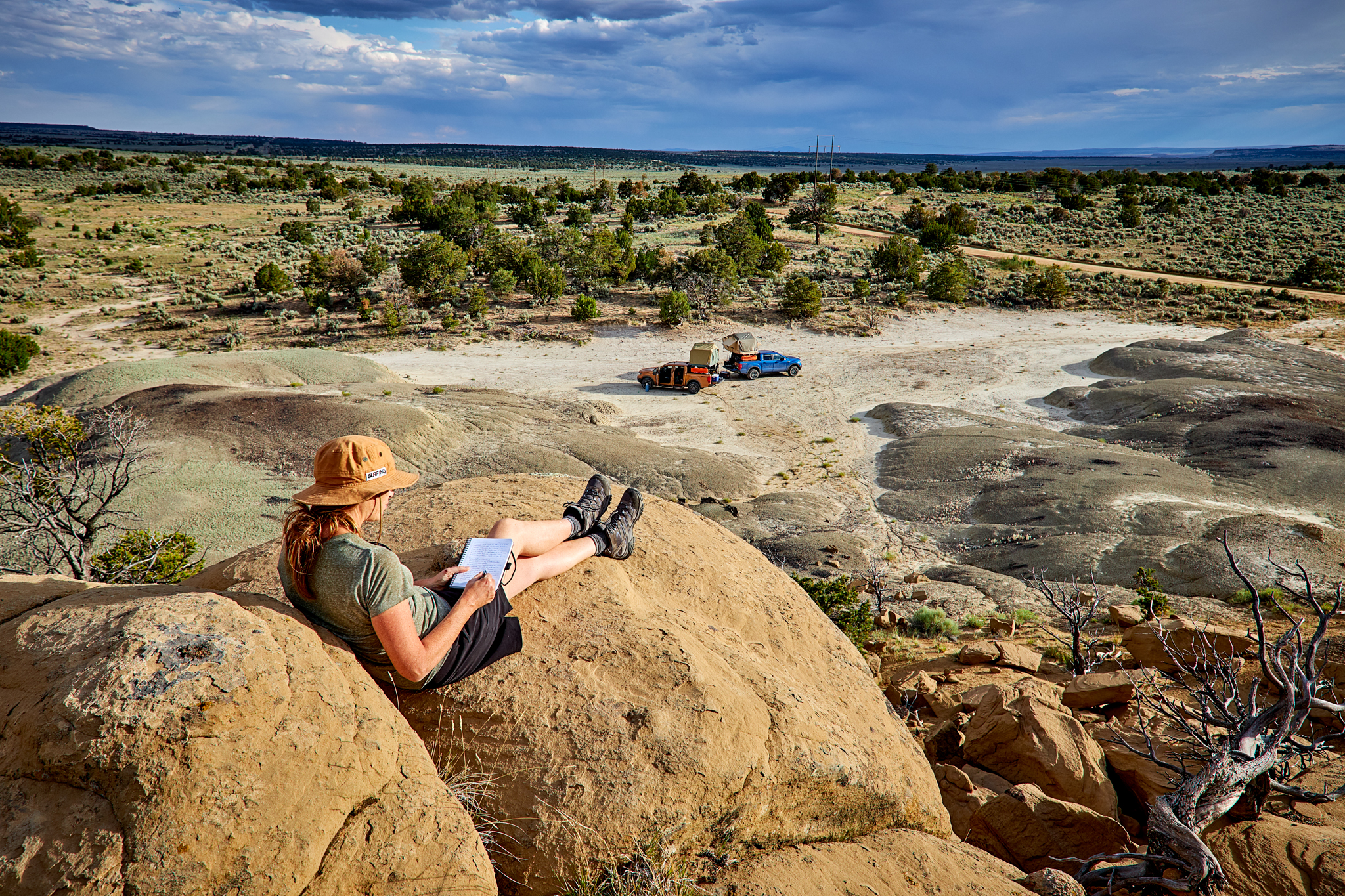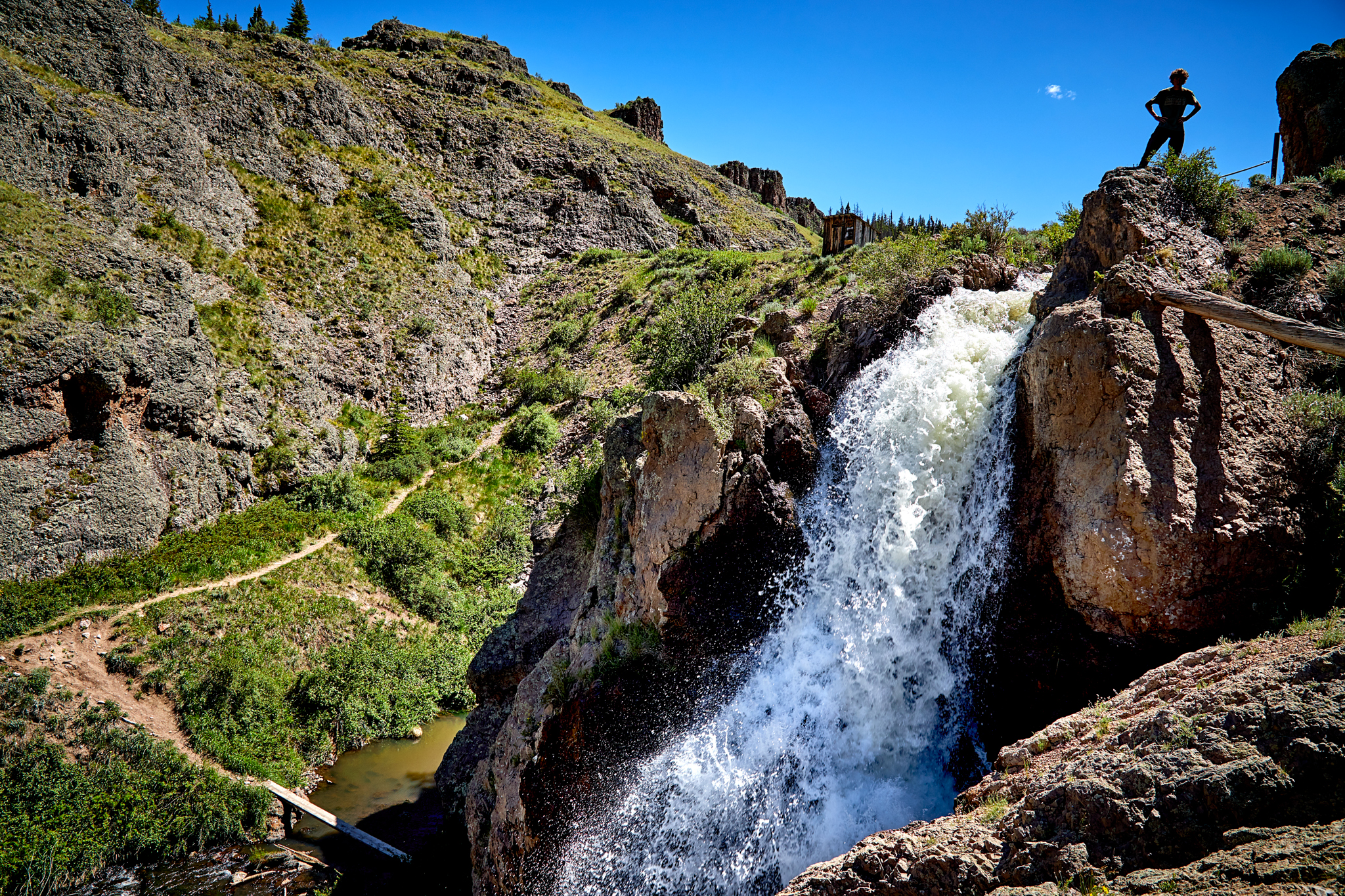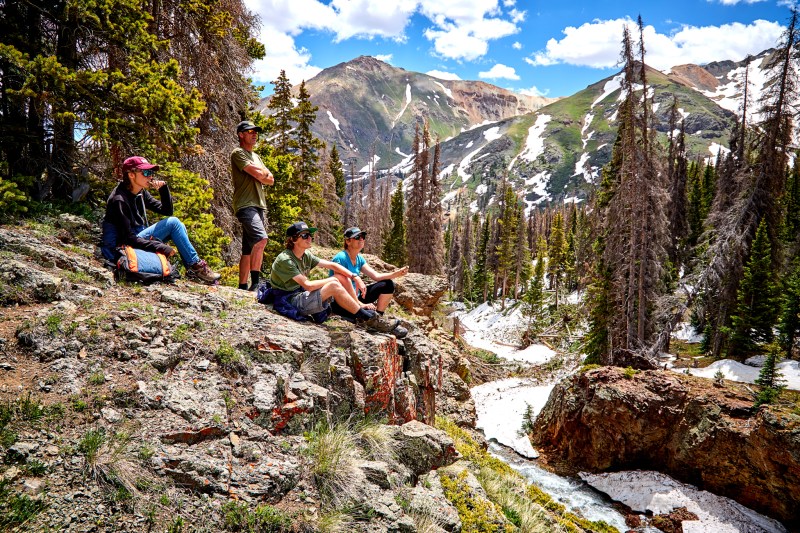
Camping for a weekend a few hours away from home is something most families have already experienced. When the kids are little, they enjoy sleeping in the tent and eating s’mores around the bonfire. But going on a longer adventure, far from home, with little to no cell service, may seem a bit more difficult to sell to teenagers.
Get Them to Dream
To be sure that everybody will be on board, it’s best to frame the trip as an epic adventure. Everybody will agree easily to spend time away from home and friends if the goal is a once-in-a-lifetime experience. Cross-country trips like exploring the United States Continental Divide are a perfect example of a big adventure that you can achieve with your family. Crossing the U.S. from Mexico to Canada is something you can be proud of, and this project will most certainly be an appealing challenge for any member of the family. No need to worry about the maps and the planning. You can just download the proven route from GPS Kevin’s website. Once uploaded on a GPS device, the 3,000-mile track will be easy to follow, which will give a certain level of confidence to even less experienced explorers.
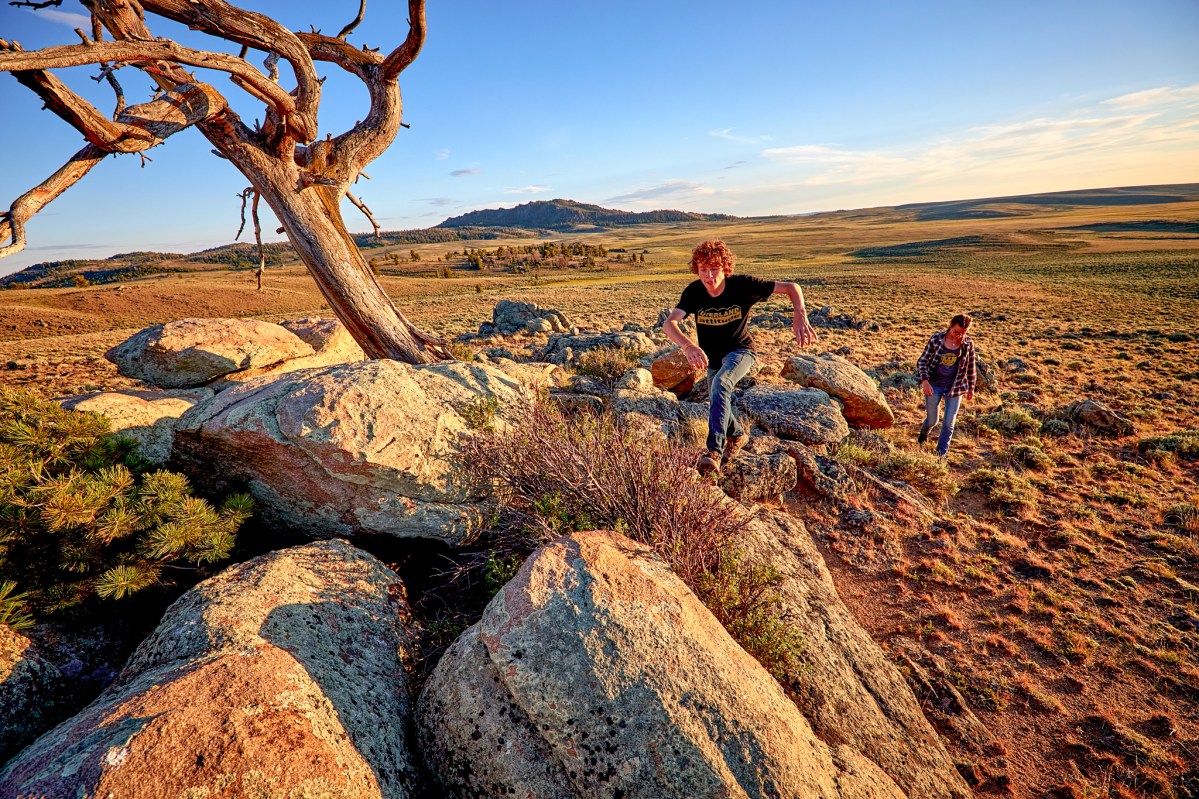
Create Comfort in the Wild
Sleeping in a tent often means that you’ll have to mount it, inflate the mattresses, unfold the sleeping bags — a process that is time-consuming and exhausting, especially when done day after day on a long trip. A rooftop tent will spare you the painful process, as everything stays in it when you fold it up. More importantly, you have a huge feeling of safety when sleeping 7 feet over the ground. The foam-mattress bottom will give you better support, and since the higher location will save you from the ground’s humidity and help you catch some breeze in the morning, you’ll definitively sleep better and longer. Soft roof tents such as the Tepui Explorer
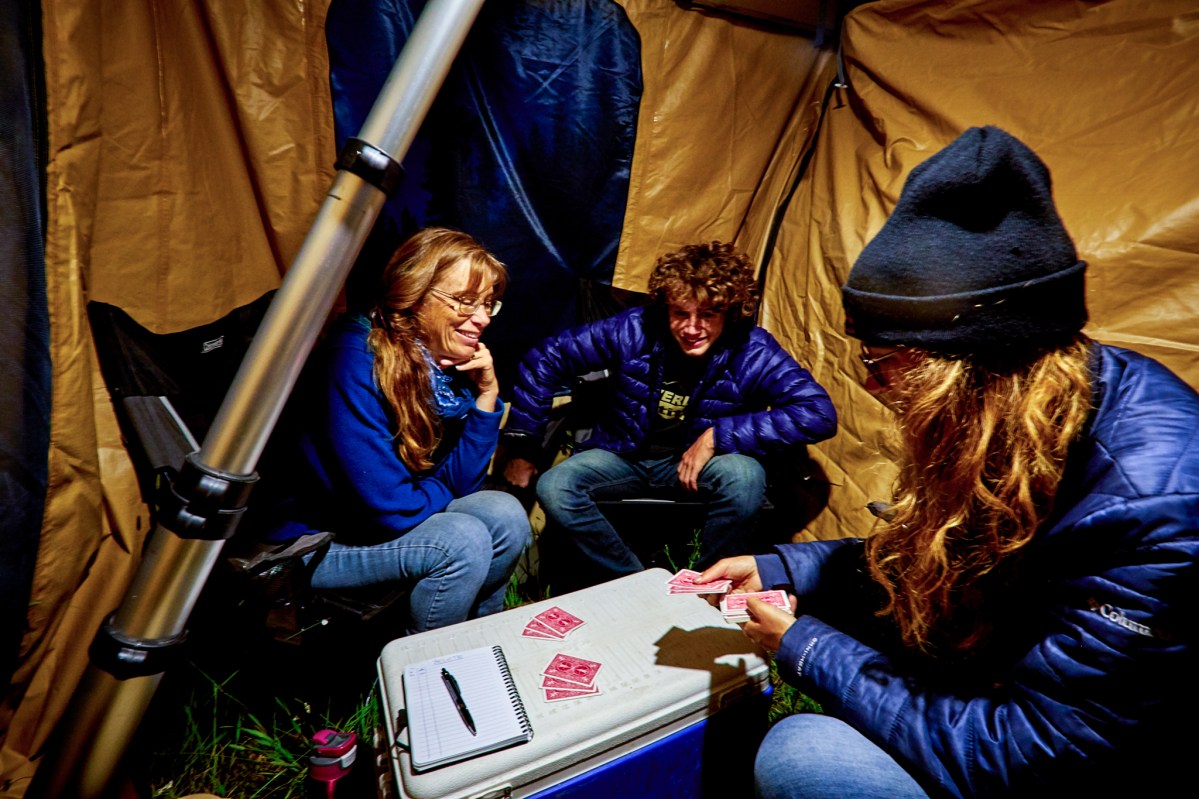
Remember Safety First
Going on an overland trip with the family will involve some risks, and you want to minimize them as much as possible. Mechanical failure will be prevented by using trucks or SUVs in good condition with heavy-duty shocks and good ground clearance. Recovery tools like Maxtrax are a must.
But what if you’re really stuck in the middle of nowhere, due to mud, snow, or whatever? The best way to escape such a crazy situation is to go with two vehicles. There’s very little chance that a mechanical failure will happen to both at the same time. The second car will also be able to pull out the first one from any mud hole or snow patch, usually using a kinetic rope. Going on a trip with two vehicles will cost you more since you’ll spend twice as much on gas, but will vastly improve your safety and confidence. Still, you’ll need to slip the family into two groups, without giving up on communication. A pair of two-way radios like the Midland Micromobile MXT115 will let you talk freely between cars, even when you’re a few miles away from each other. The kids will love it and these radios will be a big part of the success of the adventure. The radios also provide weather information through the NOAA channels, which is always useful.
But the most important thing is to give the kids an important role. If they’re too young to drive, they’ll be promoted to co-pilots in charge of the navigation and communication. You will most likely have to let them be in charge of the playlist. As soon as teenagers have their driving license, it becomes more interesting. They can drive the trucks on dirt roads, acquiring skills they will use their whole life as a daily driver. They will enjoy the trip way more, as well, and you’ll finally get to rest a bit while playing with the radio and GPS.
Enjoy the Outdoors
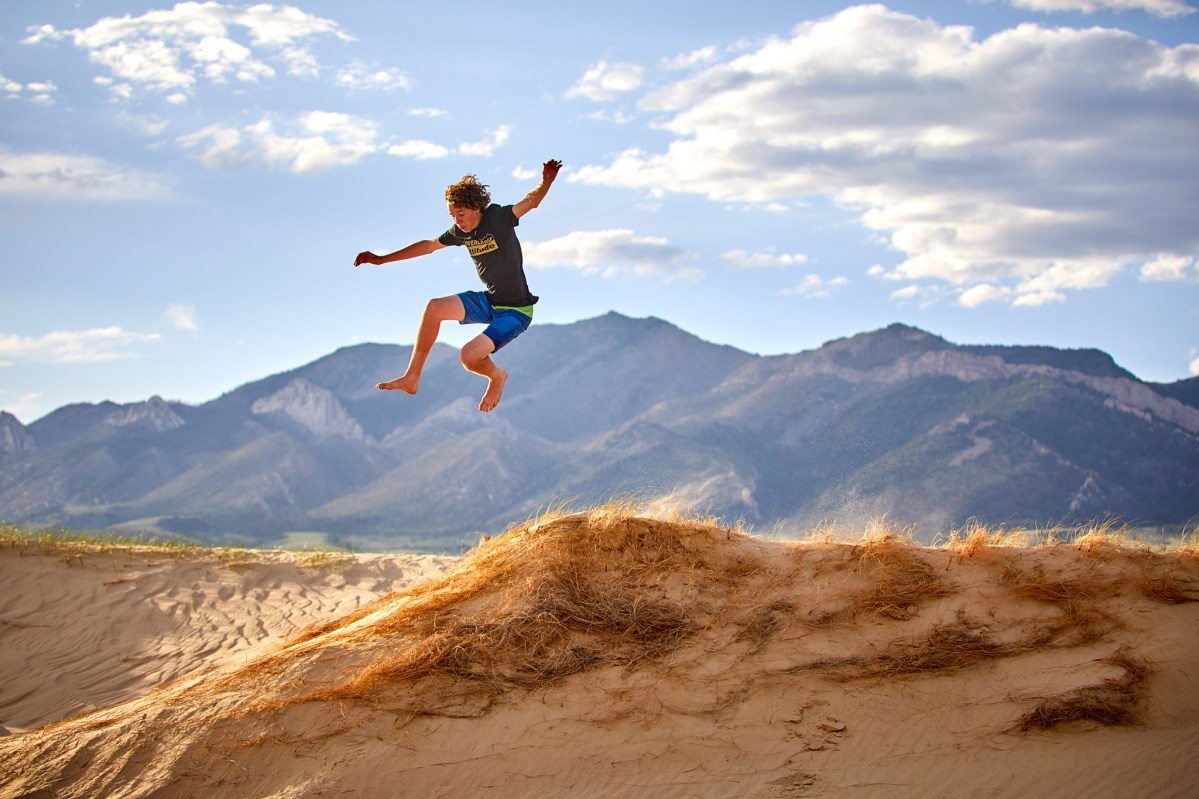
An overland trip is not only about driving. We’re talking about a vacation here, not a race. It’s important to stop during the day and to use every opportunity to make the adventure unique. Here are some tips you can use with kids of any age:
- Host a slingshot contest. Pick up stones on the ground and shoot for a not-too-distant target such as a tree or a pine cone.
- Bring an inflatable paddleboard. You’ll be able to explore all the lakes on your way while improving your balance and strengthening your upper body.
- Hike as much as you can. When you stop for lunch or for camping, go explore the surrounding areas, looking for a nice view of your camp or some boulders to climb. After hours in the car, you need to stretch your legs! Hiking at high elevation makes you breathe pure air, and even if it’s also exhausting, you’ll make great memories and improve your health.
- Play in the snow. You might encounter some snow. It will be challenging for the vehicles, but a great opportunity to have fun with the youngest ones. Sledding with your jacket underneath your butt is easy and so much fun.
- Grill s’mores on the bonfire. When there’s no fire restriction, feel free to make a campfire and to grill some food. It’s also a good time to share stories or to read a fairy tale out loud for the little ones.
- Enjoy the starry nights. Laying down and observing the clear sky and the billions of stars is something you’ll never get tired of. In summer, it’s not rare to see the Milky Way and shooting stars. Make a wish!
- Take photos. An overland trip is a great time to learn about photography or to teach your kids a few new skills. Sunsets, waterfalls, wildlife, and flowers are good topics, but you will probably shoot your trucks and your family more than anything else.
- Find historical sites. There’s a lot of history out there. From gold mines that you can visit 600 feet below the surface to museums of the Wild West, rail stations with steam locomotives, cowboys and pioneer reenactments, and ghost towns, you’ll have a hard time choosing between them all!
- Look for wildlife. Even if you don’t want to photograph wild animals, it’s amazing how many you’ll see on this overland trip. Besides the omnipresent cattle, deers, and pronghorns, you’ll enjoy watching hawks, bald eagles, moose, yearlings, and even bears, hopefully not too close!
- Read books and comics. Paper is heavy and bringing novels and comics for the whole family will take too much room. Instead, it seems better to opt for a tablet-like an iPad or Kindle, where you can store thousands of books and comics without adding any weight in the vehicles. You can even read by night without using a lamp.
- Give everybody some space. Since the whole family will spend a lot of time together, it’s important to adapt the schedule to the needs of every member to help lower eventual tensions. Teenagers and adults don’t usually sleep the same amount of time nor wake up at the same hour. It’s also fine to let everyone take a little time for themselves during the day. It’s all about being flexible!
Just Do It
With all that in mind, we hope you can picture yourself taking such an overland trip when the time is right. It won’t be easy every day, but every challenge on the way will be the foundation for great memories. Reaching the end of the road after thousands of miles in the backcountry will make everybody feel special. The whole family will have learned to live together in a new and diverse environment, overcome adversity as a group, and will be more prone to handle challenges that same way in the future. Leaving for college, the teenagers will have more to brag about with their new friends, telling them how cool is their family of adventurers.
